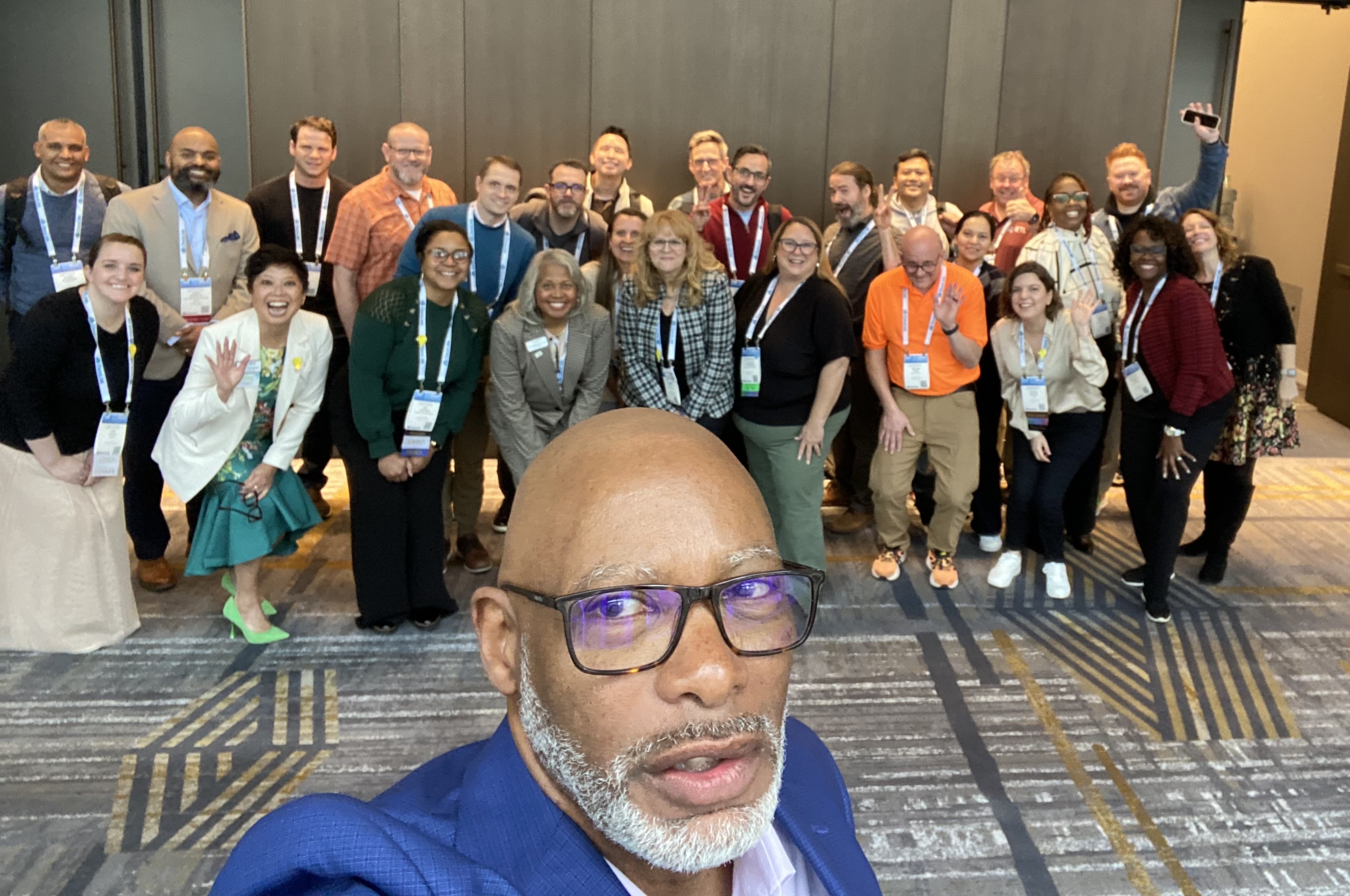Successful Traits to Achieve a Positive Culture of Assessment
Tech tools alone cannot transform your data culture, but the right knowledge and strong leadership can.

Changing our perspective on assessments can take them from a time-consuming necessity to a useful resource to provide pathways to a better future in academia. Scary evaluations are a thing of the past. In a school atmosphere where evaluations are seen as roadmaps for successful learning, teachers and students both win.
Building a positive culture of assessment is the key to success for both students and teachers. Tech tools alone cannot transform your data culture, but the right knowledge and strong leadership can. We’ve found that schools and districts are most successful if they possess these five common traits.
1. A broad definition of assessment
The word ‘assessment’ should not be a substitute for the word ‘test’ or ‘grade’. When teachers, schools, and districts broaden their overall definition of what an assessment can be, teachers are able to get a more complete sense of what a student has learned and where there is still room for improvement. These don’t need to be limited to benchmarking, check-points, or end-of-level tests, and not all assessments factor into a student’s gradebook. Whether it be performance-based evaluations, rubrics, or even a one-on-one conversation about frustrations and successes, think of an assessment as any time you allow a student to demonstrate what they know and don’t know.
2. Assessments aren’t feared by teachers and students
When the statistics come back and the data doesn’t show perfect scores or off-the-charts comprehension, many instinctively assume the data is “bad” and shy away from acknowledging what it can illuminate. All data is good data. Even numbers that reflect a less-than-ideal outcome offer an opportunity to improve and address specific student needs. Just as we tell students, take every opportunity to apply what you’ve learned.
Students shouldn’t be afraid to take assessments either. Often, students fall into the trap of seeing every evaluation as a grade that tells them how well they’ve prepared or how “smart” they are. Instead of seeing low scores or numbers and thinking “I can’t do that,” teachers work with students to identify additional learning opportunities and help them reframe the way they see assessments to say, “I can’t do that yet! But I will learn.” Evaluations are opportunities for growth and challenge, rather than a harbinger of doom and gloom.
Teachers should have an understanding that no matter where students are in their learning process, the results of assessments are tools to guide further instruction and evaluate the efficacy of their own teaching. The ultimate goal is to refine programs to best benefit the students and meet them where they are. When students see assessments as ways to show off what they know rather than exposing where they fall short, they’ll be more likely to approach them with a positive outlook geared toward learning and addressing their own knowledge gaps.
3. Student data are evaluated as a team
Professional Learning Communities (PLCs) empower teachers with the knowledge and tools to best evaluate student data as a team. From sharing experiences to exchanging resources for growth, teachers making use of PLCs to broaden their own perspectives and create a culture of collaboration. Joining forces with other experienced professionals often paves the way for a more robust program of evaluation (rather than creating competition as some may worry).
Tech & Learning Newsletter
Tools and ideas to transform education. Sign up below.
No educator is an island. Sharing resources and delivering common assessments on a school- or district-wide scale forms a solid foundation of consistent data and allows teachers to get new eyes on data. Working together, teachers and administrators can collaborate on instructional strategies to create a space for conversations that have a real impact on student learning.
4. Real-time data are leveraged to address student needs
See evaluations as a tool for constructive feedback on all levels to address students’ needs. Many successful teachers use the ITS model: Identify student levels of understanding; Target students for intervention; Self-evaluate your own instruction and efficacy. Breaking down assessment data allows teachers to see the full picture of a student’s understanding on an individualized level. First, find the students that have room for improvement and target their weak spots for extra attention. Then, take the critical step of understanding how you can improve instruction as a teacher.
5. Data are used to differentiate learning and instruction on an individual basis
If we solicit data from student evaluations, we have a moral obligation to use that data to benefit those students. For example, benchmark data is integrated in the formative process. One example of a technological tool that helps make the most of student data is Instructure’s MasteryConnect. This product has a Benchmark Compare feature that allows educators to have a side-by-side view of students’ formative and benchmark assessment data, allowing them to identify important patterns and trends in student levels of understanding to inform their instruction.
Whichever assessment practice model you use—be it Response to Intervention (RTI), multi-tiered systems of support (MTSS), or any other— these five common traits in schools and districts can help achieve a positive culture around assessments.
Trenton Goble is the VP of K12 Learning at Instructure
Trenton left his position as an elementary school principal in January 2012 to become MasteryConnect’s Chief Academic Officer and Co-Founder. He now serves as VP of K-12 learning at Instructure. During Trenton’s 19-year career as an educator, he taught various grade levels, served as an Assistant Principal, and spent 11 years working as an Elementary School Principal. Trenton holds an M.Ed in Instructional Technology from Utah State University, and he designed the Mastery Leadership Institute to support school and district leaders in implementing successful data strategies and cultures.
